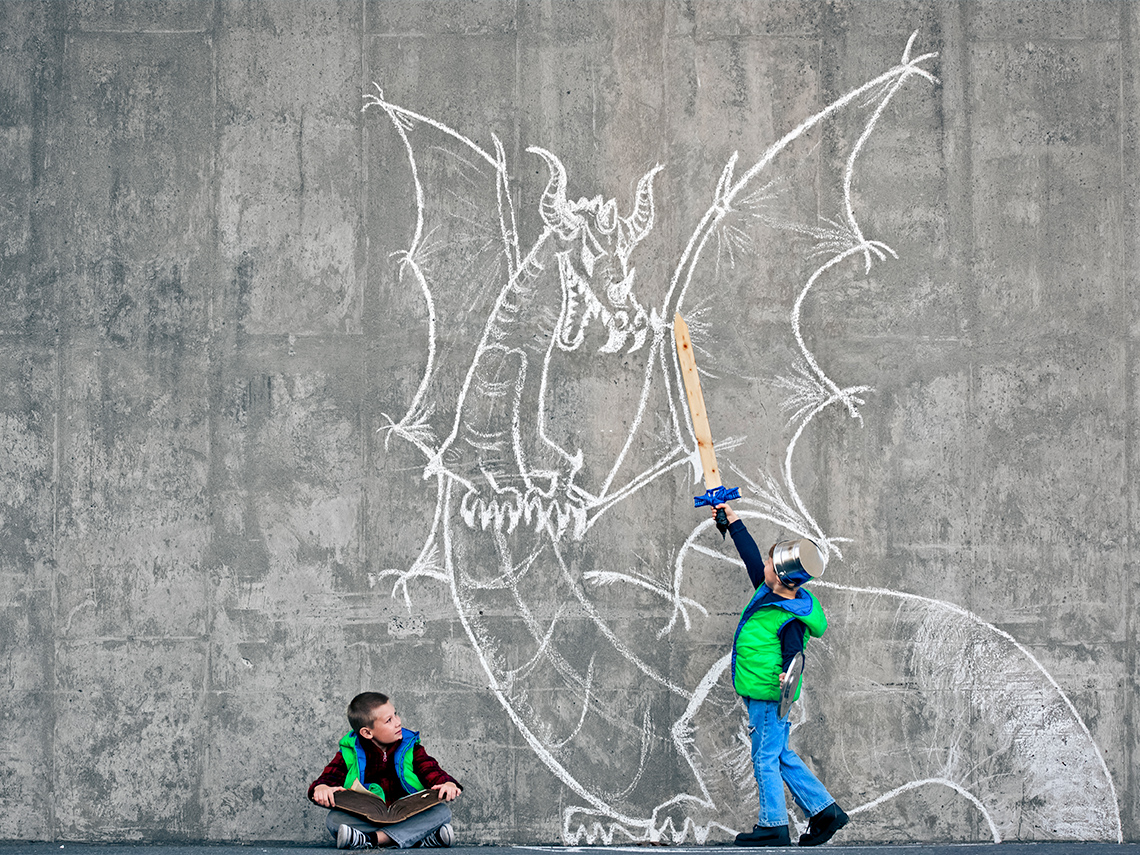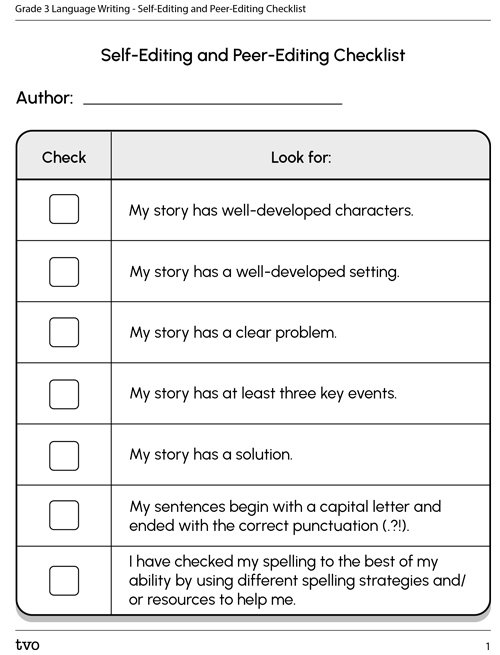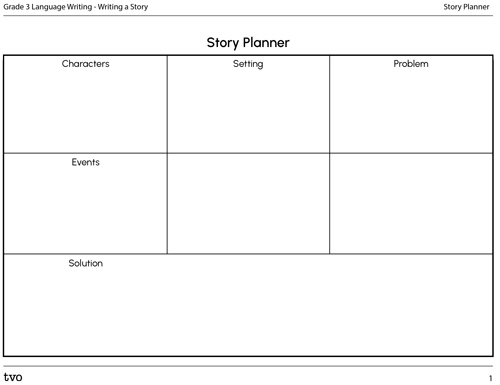Minds On
What is a story?
Think of a time when you, or someone you know, had a problem. Now think of the events that followed the problem. Was the problem ever solved? Whether it was or not, it is likely you told this story to someone else. Stories are happening all around us, every moment of everyday. In this learning activity, you will have the opportunity to write your very own story. This might be a story that has actually happened to you, or one that involves completely fictional characters and events.
Characteristics of a story
Before we get started, let’s take a look at what makes a great story.

Reading Time
Let’s listen to a story: "Finders Keepers!"
Check out the following 16 Hudson video. Identify the characters, setting, problem, key events, and solution of the story, "Finders Keepers."
Action
Brainstorming and planning for your story
Now that you have explored characteristics of the story, "Finders Keepers," begin to brainstorm some possible ideas for your great story.

Brainstorm
Brainstorming some possible ideas for a great story
These can be stories that are based on/from your own life or completely made up!
Complete the Brainstorming Web in your notebook or use the following fillable and printable document to help you get started.
Planning
Once you have selected the story that you have a burning desire to write, you are ready to move onto planning all the exciting details that will bring your story to life.
Use the Story Planner in your notebook or use the following fillable and printable document to help you get started.
Consolidation
Drafting, revising, and publishing your story
Drafting
Now that you have made a plan, you are ready to begin drafting your story! As you write, you may come up with other ideas to make your story really come alive. The drafting stage is a great time to add in all those details!
Spelling Tip
Many writers may have just the right word they want to use but are not sure how to spell the word. Don’t let that stop you from using that perfect word! For now, you could simply give it a go or use a strategy you know to help you.
(e.g., cat – mat – that).

Revising
Writers read their writing over and over to find if they can make their writing even more exciting.

If you are all done with your draft, find places to make your story even better. Once you have completed your self-edit, find a fellow storyteller and have them help you with a peer edit. Two sets of eyes are better than one!
Use the Self-Editing and Peer-Editing Checklist in your notebook or use the following fillable and printable document to help your revision process.

Press the Activity button to access the Self-Editing and Peer-Editing Checklist.
Activity (Open PDF in a new tab)Publishing
What a lot of work you have put into your writing! You are now ready to publish your work. Using your very best handwriting, rewrite your story with all the revisions for a final draft. Do you prefer typing your story on a computer?
Even at this stage, you may still come up with a word you want to change or a character you’d like to add. It’s not too late to add those in! In fact, every time you reread your work, you may find another place to make it even better – that is what good writers do!
Now that you are all done, it is time to do a little read aloud of your own. Enjoy sharing your story!
Reflection
How do you feel about what you have learned in this activity? Which of the next four sentences best matches how you are feeling about your learning? Press the button that is beside this sentence.
I feel...
Now, record your ideas about your feelings using a voice recorder, speech-to-text, or writing tool.

